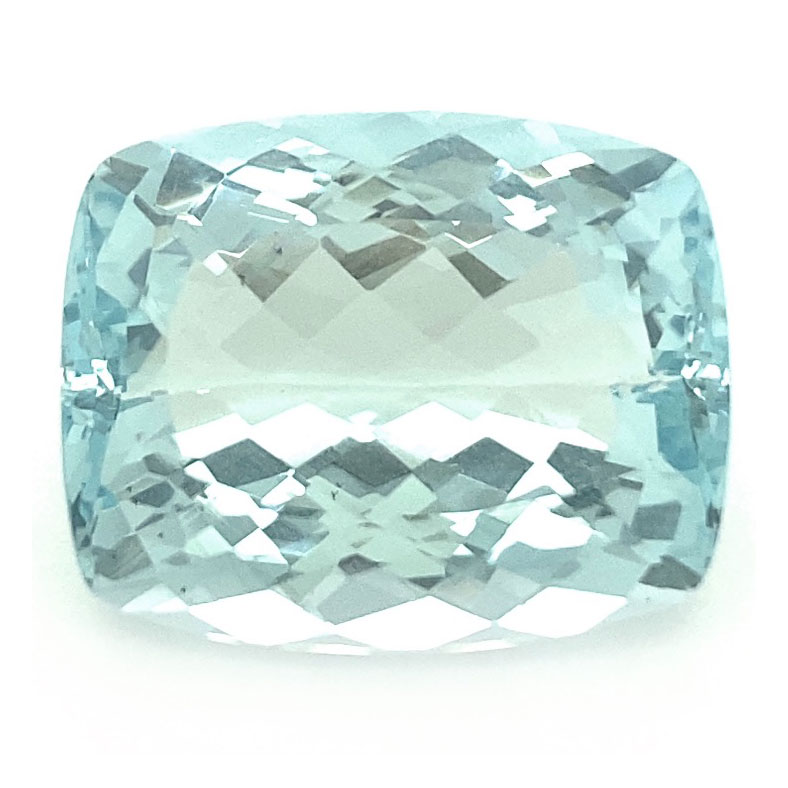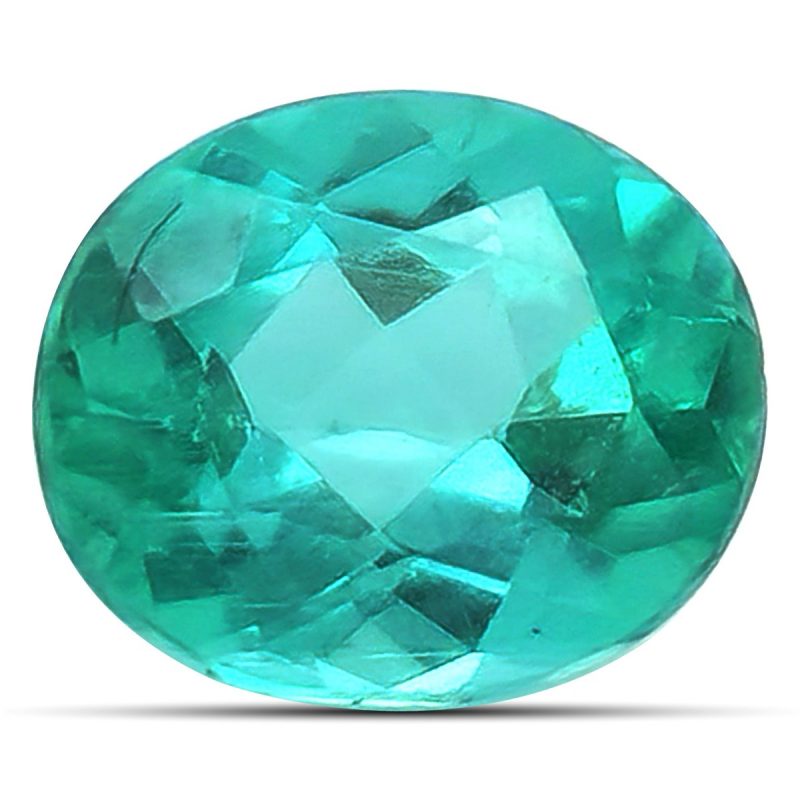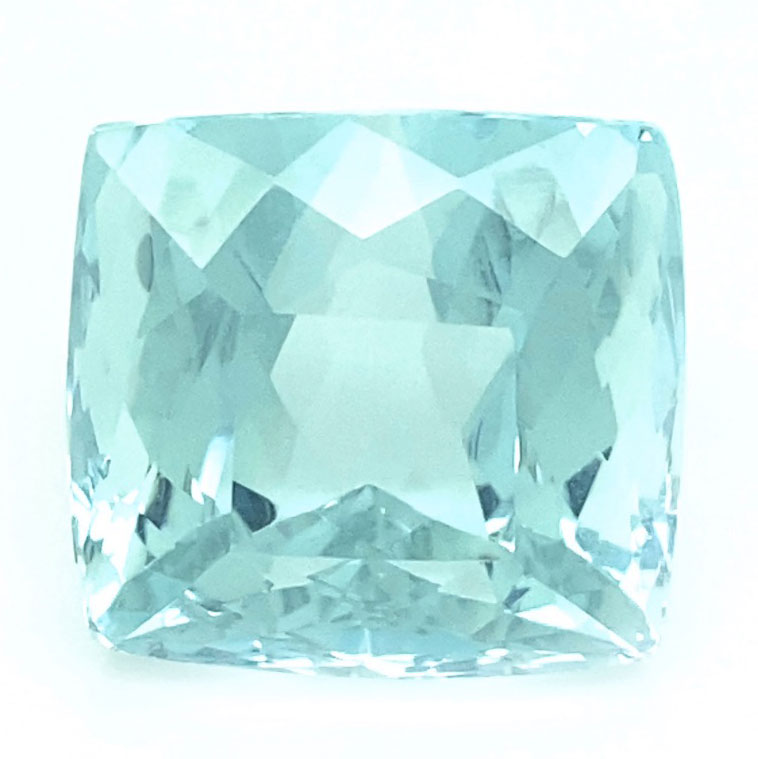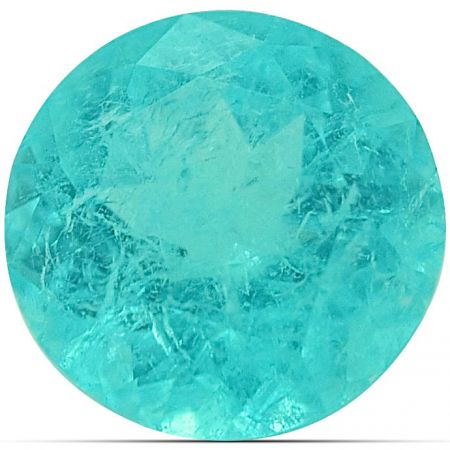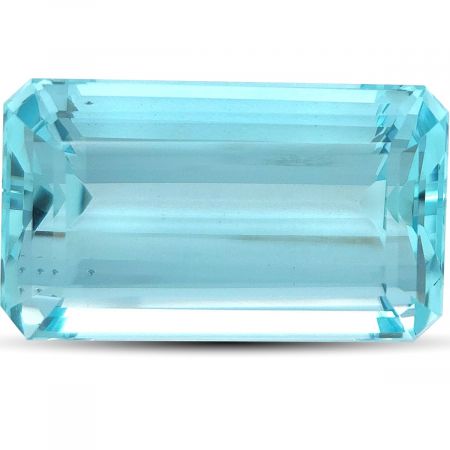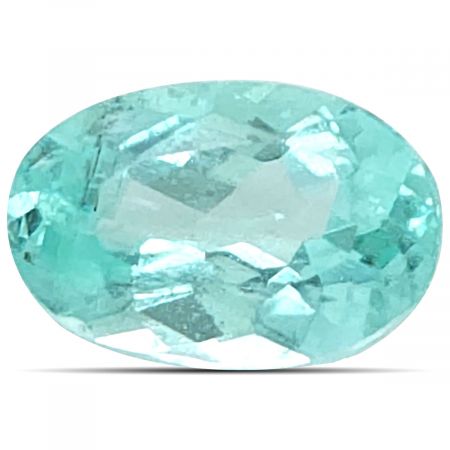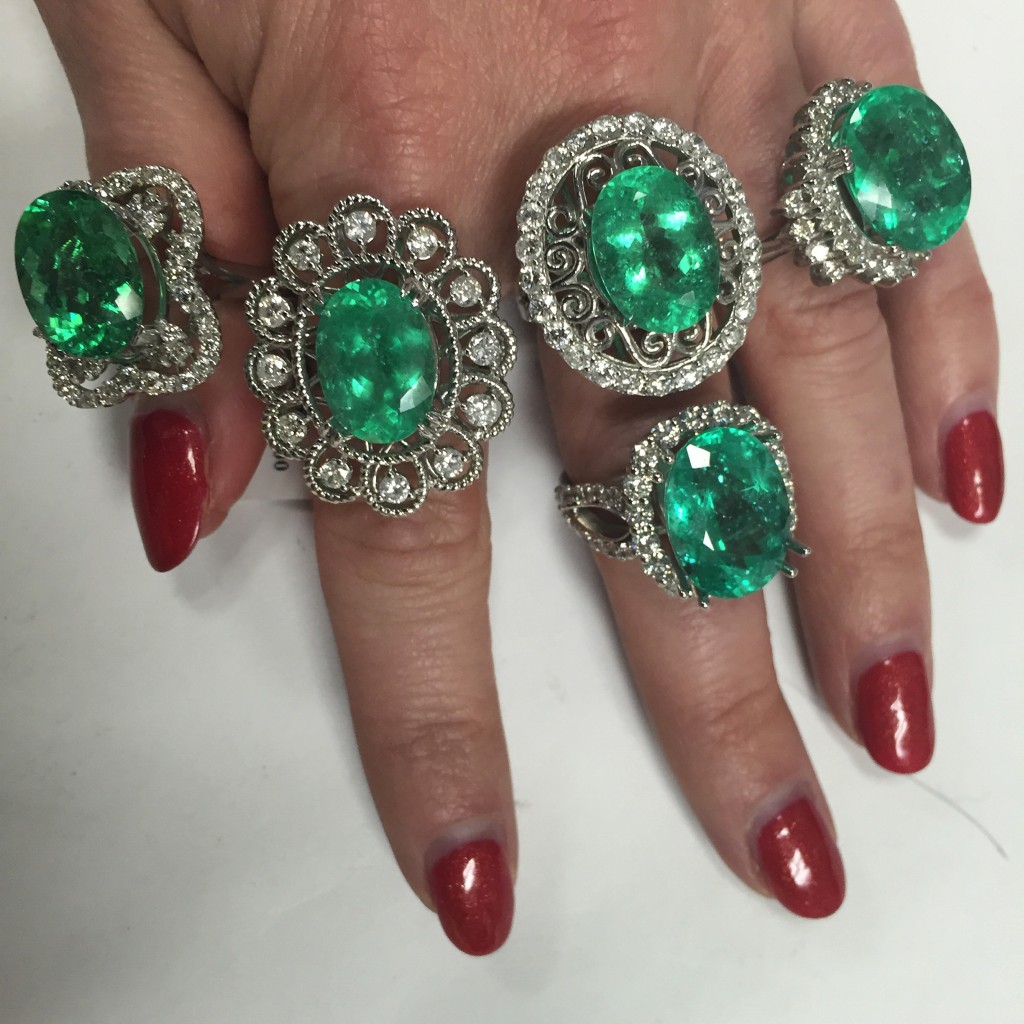
It’s time to be swept away by some dazzling blue stones that bring to mind idyllic tropical waters. Paraiba tourmaline and aquamarine may have very different histories and chemical compositions, but both gemstones come in gorgeous shades of blue and greenish-blue. Read on to discover more about these cyan beauties and to discover which one is perfect for you.
Paraiba Tourmaline vs Aquamarine Colors
Aquamarine Paraiba Tourmaline
The most valuable paraiba tourmalines are those that are an intense neon blue with a medium tone and strong saturation. They have a slight green undertone and are sometimes described as having an electric turquoise appearance. Paraiba tourmaline can be found in a wide range of green, blue and violet colors.
Aquamarine has a more limited color palette than paraiba tourmaline as it only comes in blue to greenish-blue. Most aquamarine is very pale in color, with the rarest and most valuable being those that have deeply saturated darker blue hues.
Paraiba Tourmaline vs Aquamarine Source
Aquamarine Paraiba Tourmaline
Tourmaline is an umbrella name that is given to a number of closely related mineral species that all have the same crystal structure, but have different physical and chemical properties. The presence of various trace elements give tourmaline its color.
The most common species of tourmaline is elbaite and when elbaite contains large amounts of copper and manganese we have a paraiba tourmaline. It takes its name from the Brazilian state in which it was first discovered in the late 1980s. It immediately caused a sensation, especially since no other sources were known to exist. Discoveries in the early 2000s of copper-bearing elbaite in other regions of Brazil, Nigeria and Mozambique have brought new gems to the market.
Unlike paraiba tourmaline, aquamarine has a long and storied history. It takes its name from the Latin for seawater and according to Ancient Roman legends aquamarine gemstones were kept in mermaids’ treasure chests. When worn by sailors, they were believed to provide protection at sea.
Aquamarine is actually a form of the mineral beryl. Pure beryl is colorless and, like tourmaline, gets its color from trace elements. When beryl contains iron we get aquamarine. One of the most important sources for aquamarine is Brazil, but is is also found in east Africa, Asia and the US.
Paraiba Tourmaline vs Aquamarine Size
Aquamarine Paraiba Tourmaline
Paraiba tourmaline from Brazil is usually under 1 carat in size as the tourmaline crystals found there were mostly in fragments. African gems, however, do come in slightly larger sizes. It is important to note that color is usually far more important than size when it comes to paraiba tourmaline.
Aquamarine lies on the other end of the scale. It is known for its exceptionally large size, eye clean crystals. Some can even weigh hundreds of carats.
Paraiba Tourmaline vs Aquamarine Durability
On the Mohs hardness scale paraiba tourmaline ranks a 7 to 7.5 out of 10 while aquamarine is a 7.5 to 8. This means that while both stones are suitable for jewelry, some care should be taken to avoid scratching or knocking them, particularly when set into a ring.
Aquamarine is not affected by exposure to light but like paraiba tourmaline can suffer from extreme heat and certain acids. It is important to know whether or not your stone has undergone any treatments as this will mean that it will require greater care.
Paraiba Tourmaline vs Aquamarine Price
Rarity and demand are the two factors that are most important when it comes to a gemstone’s value. Paraiba tourmalines are exceptionally rare – it is estimated that only one is mined for every 10 000 diamonds. Large neon blue paraiba tourmalines are even rarer and much desired which means that they can fetch upwards of $50 000 per carat.
An aquamarine’s price has little to do with its size. Unlike a paraiba tourmaline, whose value increases incrementally in line with its carat weight, an aquamarine’s price per carat stays relatively constant. In fact aquamarine of over 25 carats in size is often less valuable as it is too big to be used in jewelry and thus has limited market appeal. An aquamarine’s value largely comes down to its color and the most desirable stones stand at around $1 000 per carat.
The Choice
Both paraiba tourmaline and aquamarine are beautiful stones with their own unique charm. If you’re after rarity and and an electric blue color, then paraiba tourmaline is the gem for you. If you’re more tempted by a cooler blue, larger size and history then you should pick an aquamarine. Either way, it’s impossible to go wrong.
At JupiterGem we have a wide selection of fabulous paraiba tourmaline and aquamarine gemstones. We’d love to answer any questions you may have about these wonderful stones and help you choose the right one for you.

